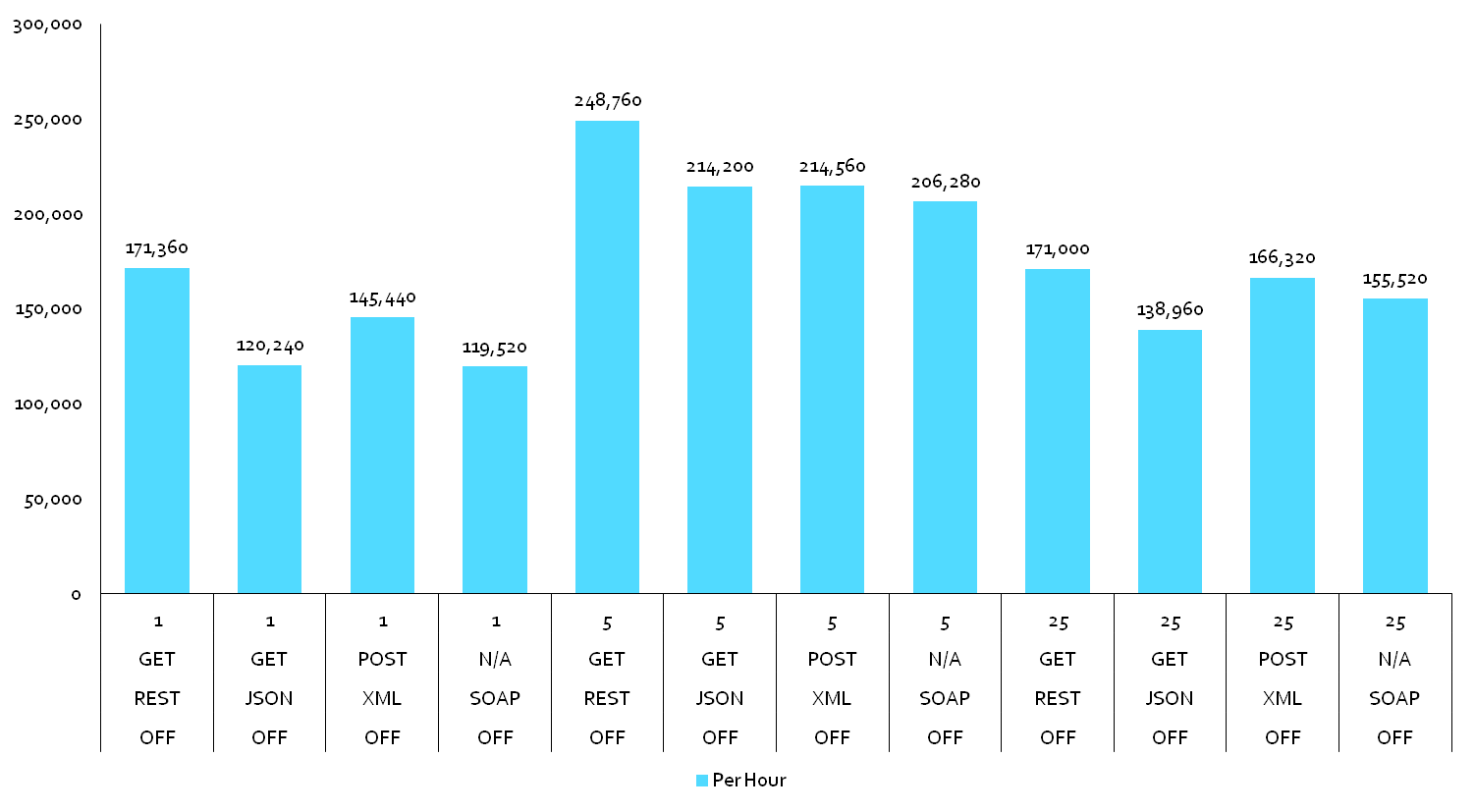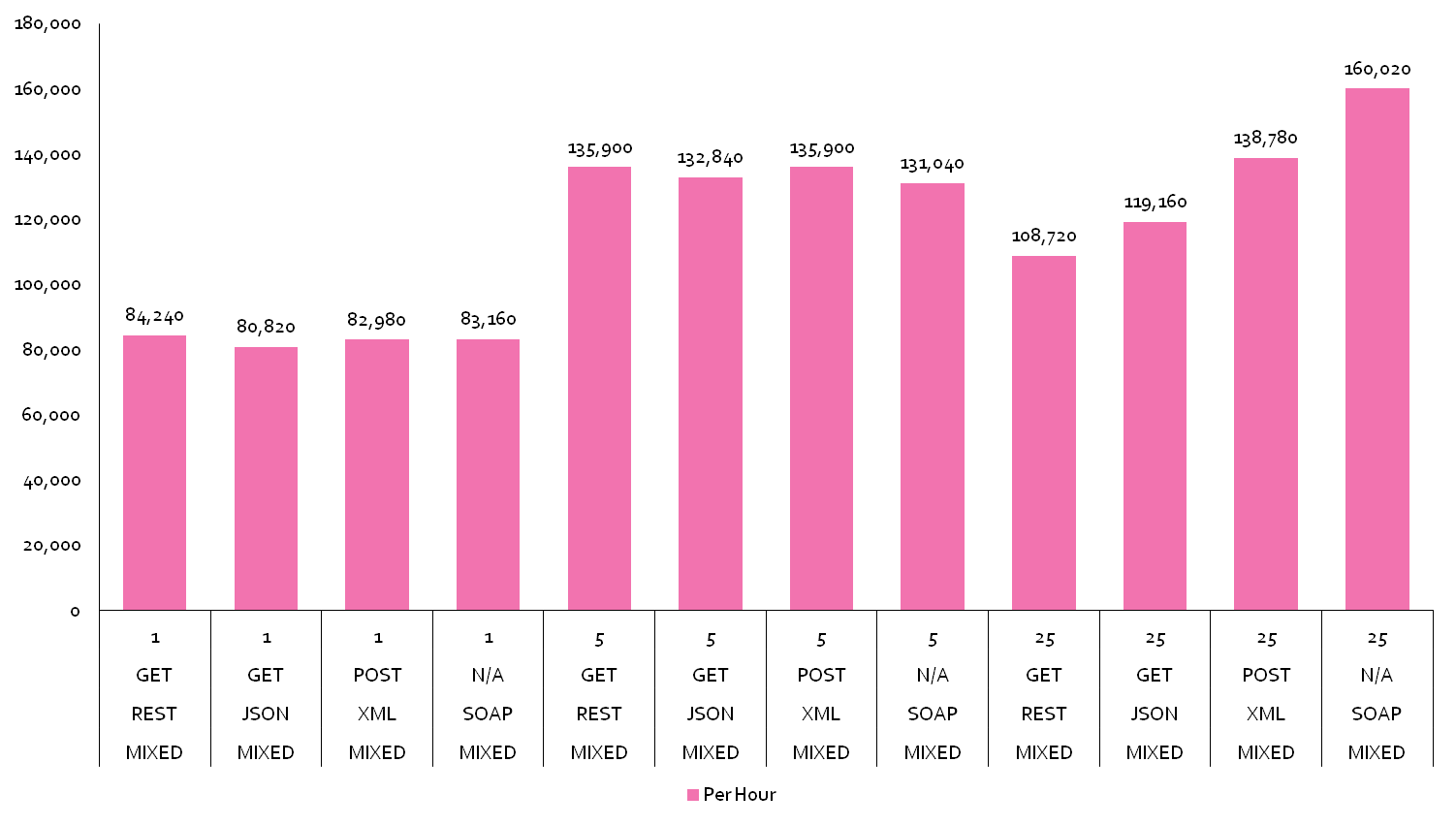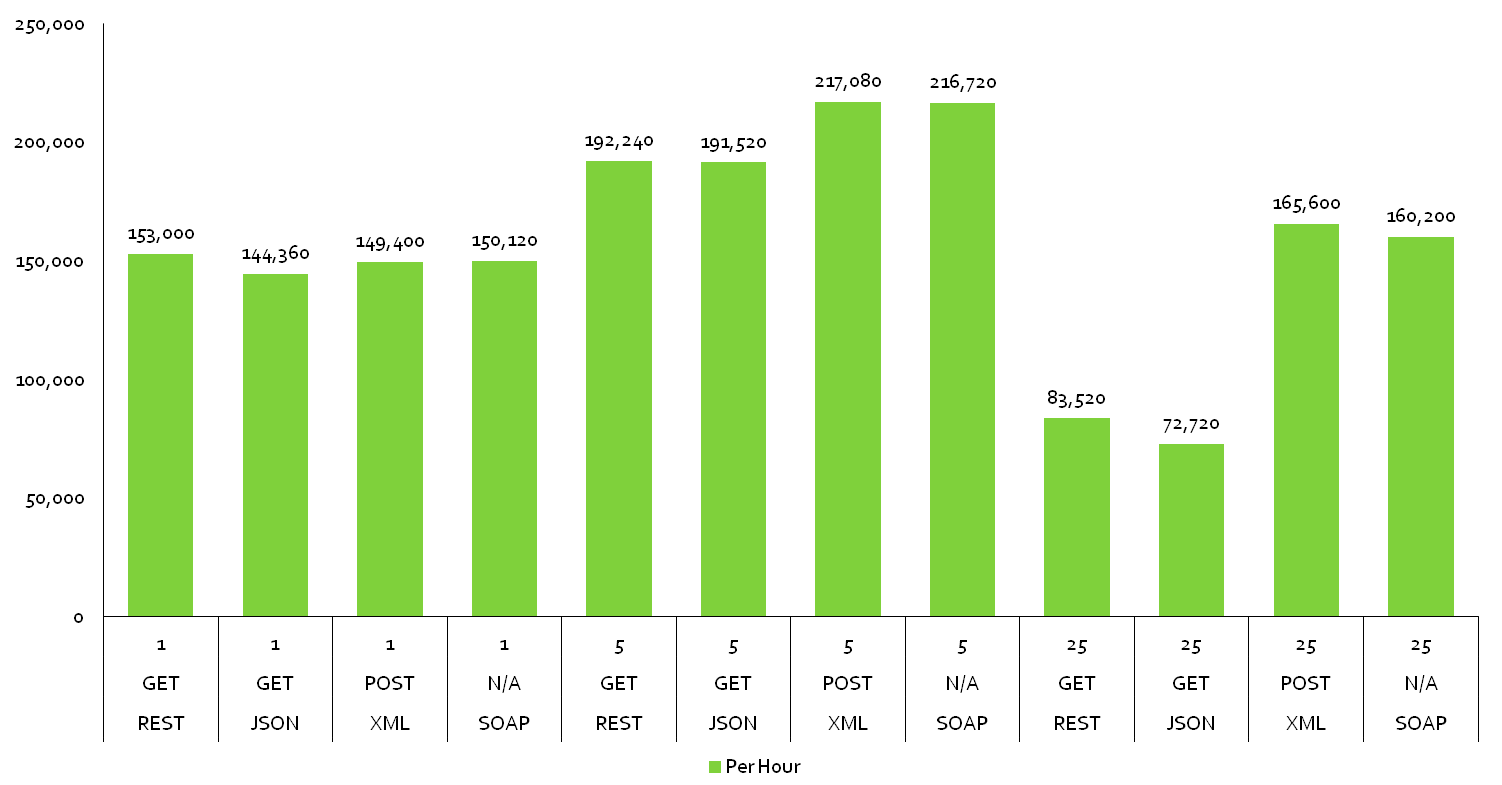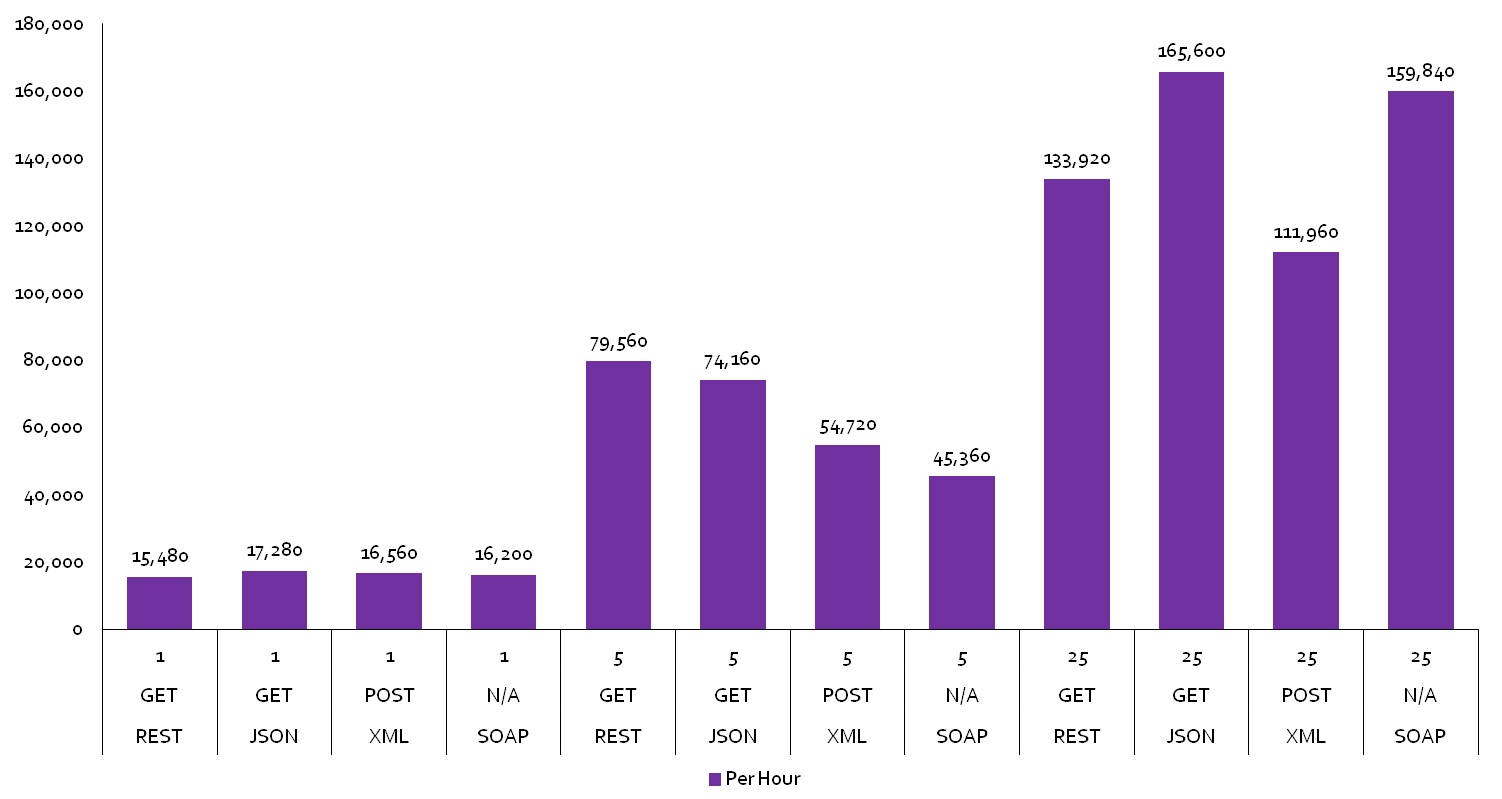This wiki is no longer being updated as of December 10, 2025.
|
Global Email V3:FAQ
What Features does it have?
Available as
- SOAP (Single, Batch)
- REST (Single, Batch)
- XML (Single, Batch)
- JSON (Single, Batch)
- SSIS Component (Single, Batch)
Required Fields
Mandatory:
- CustomerID - "Your License Key"
- Email - "Email to validate"
Optional:
- RecordID = "Internal Reference"
- TransmissionReference = "Internal Reference"
- Options = "Options to set"
Result Codes
- What are result codes?
Result codes is what we return to tell you what the status of that email is. Our codes are designed to give back a certain degree of granularity and confidence levels for system integrators to design around
Mailbox Validation
- Why should client use email validation?
To reduce bounce rates (rejection) and avoid being labeled a spammer from mail servers. Once you are blacklisted, your email deliverability campaigns will suffer a lot and you have trouble sending out emails in the future (most mail servers subscribe to a form of spammers list). Integrators should consult with us to in order to understand what they need to look out for to avoid a bad campaign and why certain emails should be flagged/inspected. Even if you avoid Spamtraps, sending out too many invalid emails will cause the mail server to flag you as a potential spammer (which is why mailbox validation is important).
- When should client use mailbox validation (Real Time) or no mailbox (off)?
Mailbox validation
- Should definitely be used for any email marketing campaign or where having the right email in a web form is completely necessary for it to function.
No mailbox validation
- Can be used for simple web forms where it would be nice to have a correct email but it isn't absolutely of upmost importance or if there are no consequences for a bad email.
- What is the difference between mailbox and normal email validation?
Currently, our email object only performs normal email validation which is essentially just a simple spell check, mail server and domain check. Our Global Email Web Service does both mailbox and normal email validation. Mailbox validation means that the mailbox in the mail server is actually active and exists.
- What is mailbox validation?
Mailbox validation is more comprehensive beyond than a MX Domain check. Mailbox validation actually asks the mail server to see if that mailbox account is active and if it exists. Otherwise we will only check to see if the mail server is active and if the mail server exists.
- Why does an email have no mailbox validation?
Mailbox validation will only occur if the ES01 result code is returned and if options are set.
- What does mailbox validation do?
It performs what is known as an SMPT check in the industry. Our service avoids being labeled as spammers for performing this check through proprietary technology. Your emailing reputation will be safe since we are the ones doing the mailbox checks for them. Of course, your emailing reputation will depend on our results when you start your email campaign on your end.
- What does confidence level mean?
ES22 means that we performed a mailbox check on this email. When we say confidence level, we mean the certainty of the result code we are getting back. For example, ES03, ES22. Means that "with high certainty, this email is an unknown email". These ES2x are the identifiers for our mailbox validation calls. Otherwise, we can't keep count of performed mailbox validation calls. So to summarize, the ES2X dictate how certain we are of the ES codes coming back.
Verify Mailbox Option
- What are the differences between the different modes (OFF, MIXED, FAST, REALTIME)?
Unicode
- All emails that are unicoded are detected and will return a ES23 result code as well
'Good' Email
- What is a good email?
A good email will have an ES01 result code, consists of valid characters for the mailbox name, an '@' symbol, and a valid domain name. If mailbox validation option is set, a good email consist of valid characters, valid domain name, and active/existing mailbox account on that mail server (ES21 or ES22).
'Bad' Email
- What is a bad email?
A bad email will return an ES02. The secondary result code will tell you why this email is deemed to be a bad email.
'Unknown' Email
- What is a unknown email?
Unknown email will return a ES03. With mailbox validation even if it's an unknown email, we want to let you know that it's with high certainty that it's an unknown email and that we did try request to the mail server for a mailbox validation call on this email. ES22 means that we performed a mailbox check on this email.
Here are some examples of unknown emails, the mail server for some reason during the mail validation call, triggered our ES03 code either by responding with a non standardized response, or the mail server is increasingly aggressive with their protection to the point where IP address block might be implemented against our system if we continue or mail server tells us that we need to send a message to receive a bounce code (actually performing this could cause IP Block) or Grey Listing technology has been detected (we could not proceed). There are too many to list and some are proprietary in nature.
Some mail servers are friendly and some are hostile. We will try to do mailbox validation on all mailboxes. Hostile mail servers have been developing countermeasure technologies to fight detection services like ours. It is a constant warfare for countermeasures and detection technologies. As they constantly develop their technologies...we constantly develop ours. So sometimes, for a certain email, mail server's algorithm at the mailbox validation level did a better job countering our algorithm's moves which results in a ES03.
Like a chess game, the results could be different if we rematch. It is up to you whether you want to run these unknown emails again...our algorithm could perform different actions that might result in a win and you receive a definite ES01/ES02 or lose again with ES03. We implemented a 3 day wait period minimum before retrying. If you do another try before these 3 days, it will result in ES21 (which means we found the "mailbox validation outcome" in our database within 3 days and give that result back).
What speeds can I expect from this webservice?
The speed of the service depends on the mode (OFF, MIXED, FAST, REALTIME), protocol (SOAP, REST, JSON, XML) and the number of threads/Machine spec.
- Verify Mailbox: OFF
- You can expect 119,000 - 171,360 validations per hour single threaded.
- You can expect 206,000 - 248,000 validations per hour with 5 threads.
- Verify Mailbox: MIXED
- You can expect 80,000 - 84,000 validations per hour single threaded.
- You can expect 131,000 - 135,000 validations per hour with 5 threads.
- Verify Mailbox: FAST
- You can expect 144,000 - 153,000 validations per hour single threaded.
- You can expect 191,000 - 217,000 validations per hour with 5 threads.
- Verify Mailbox: REALTIME
- You can expect 15,000 - 16,000 validations per hour single threaded.
- You can expect 45,000 - 79,000 validations per hour with 5 threads.



